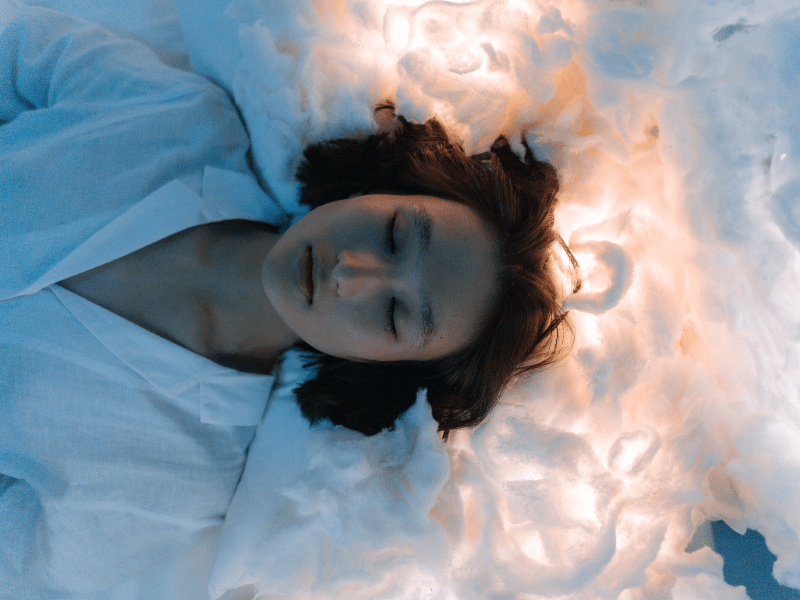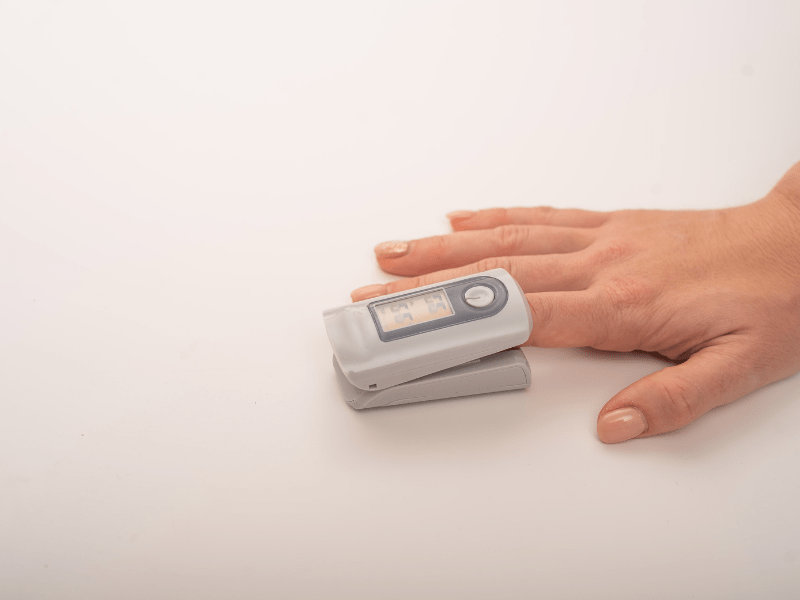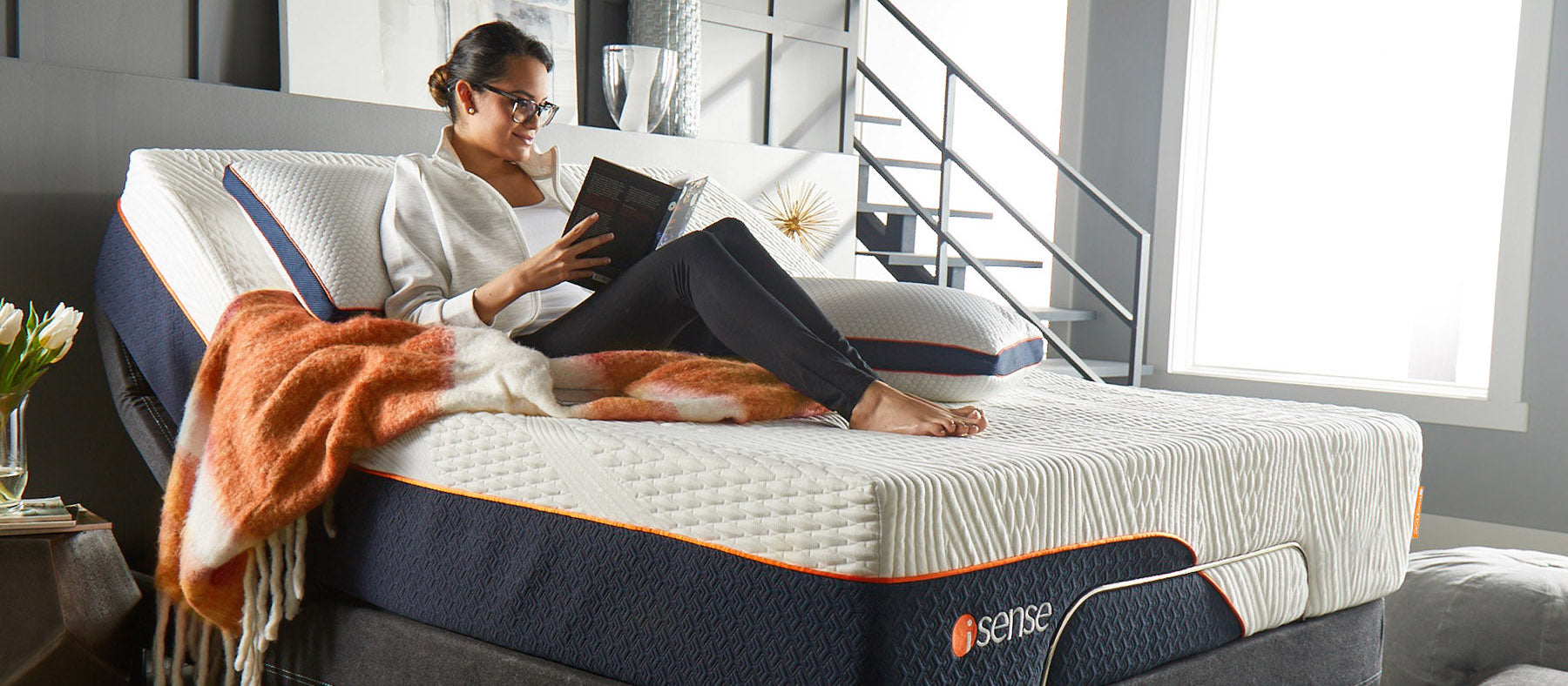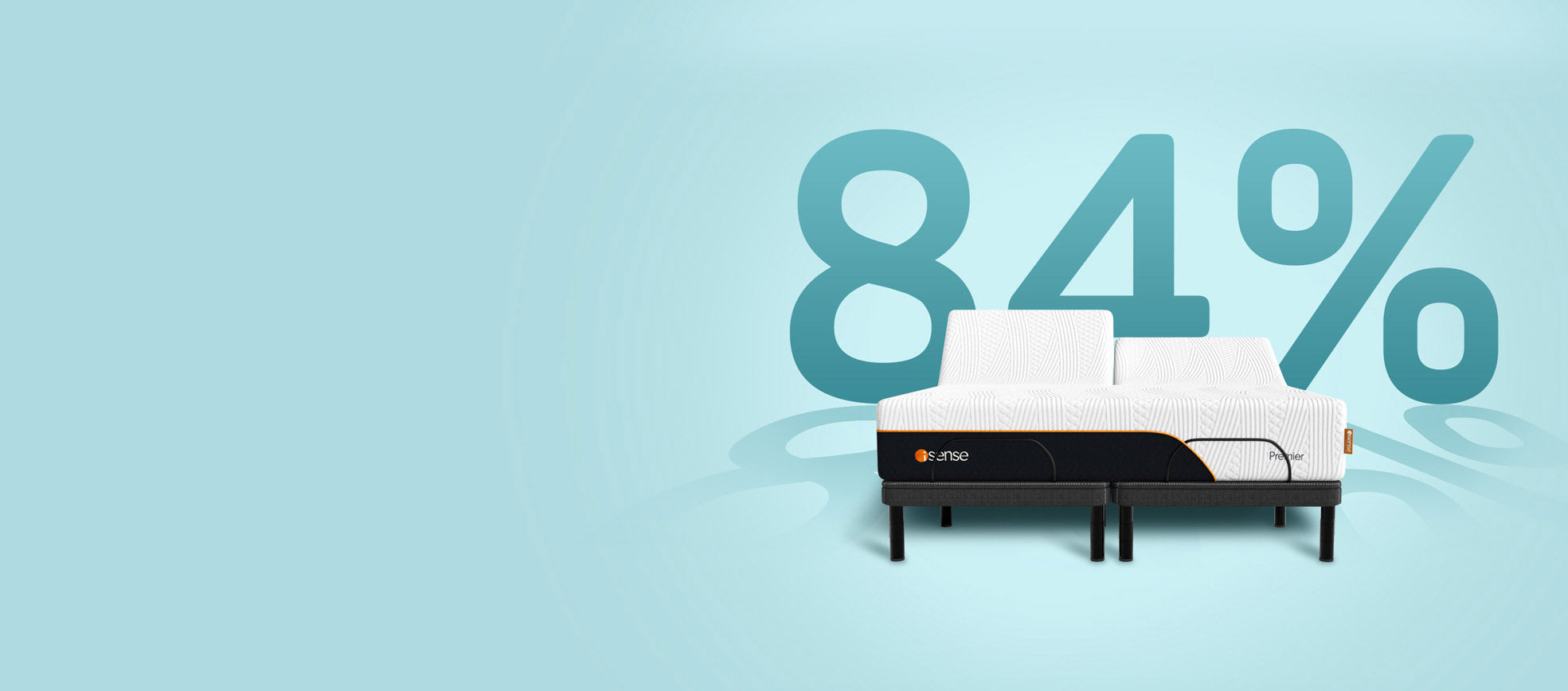Introduction
Are you losing hours, engrossed in imaginary worlds that seem more real than reality itself? Welcome to the world of Maladaptive Daydreaming, a condition where the boundary between fantasy and reality becomes blurred.
This blog post will shed light on this fascinating yet disruptive phenomenon, exploring common symptoms, diagnostic measures, and its impact on daily life. Ready for an insightful journey into your own mind? Let’s dive in!
Understanding Maladaptive Daydreaming
Maladaptive Daydreaming, often characterized as excessive and highly structured daydreaming, presents a unique challenge to affected individuals. They traverse into a realm of elaborate imaginary worlds that seem captivatingly real.
This is not your typical distracted daydreaming or one-off escapist fantasizing; it's far more pervasive and intense, causing the persons involved to dissociate from reality significantly.
Individuals grappling with this condition experience an overwhelming urge for unproductive daydreaming which they find hard to manage. Their lives become ensnared in expansive fantasies, pushing them further towards social isolation due to spending long durations lost in their thoughts.
To understand Maladaptive Daydreaming is to acknowledge its profound impact on daily life, how it morphs into compulsive daydreaming behavior with strong elements of intrusive and involuntary thought patterns that leaves those affected feeling out of control.
Symptoms and Diagnosis of Maladaptive Daydreaming
How do you know if someone is experiencing maladaptive daydreaming? Check out the symptoms below.
- Intense and vivid daydreams that are highly immersive and realistic.
- Spending excessive amounts of time engaged in daydreaming behavior, often at the expense of important tasks or responsibilities.
- Difficulty managing or controlling daydreaming episodes, with a strong craving or compulsion to engage in the behavior.
- Becoming socially isolated due to the excessive amount of time spent daydreaming, which can lead to strained relationships and decreased social interaction.
- Experiencing distress or impairment in functioning as a result of maladaptive daydreaming, such as difficulty focusing on daily activities or maintaining attention during conversations.
- Feeling a sense of detachment from reality and becoming absorbed in the imagined world, leading to difficulties in distinguishing between fantasy and reality.
- Daydreams being highly detailed, complex, and imaginative, often following a specific narrative or storyline.
- Compulsive behaviors associated with daydreaming, such as pacing, gesturing, or speaking aloud while lost in thought.
- Use of external props or triggers to enhance daydreaming experiences, such as music, movies, or certain environments.
- Coexistence with other mental health conditions like anxiety disorders, depression, ADHD, or obsessive-compulsive disorder.
Please note that while these symptoms may be indicative of maladaptive daydreaming, it is important for individuals experiencing these symptoms to consult with a licensed mental health professional for an accurate diagnosis. They can conduct comprehensive assessments and provide appropriate treatment options based on an individual's specific needs.
Conclusion
In conclusion, maladaptive daydreaming is a condition where individuals experience intense and disruptive daydreaming that can interfere with their daily lives. It is often a way to cope with underlying mental health issues and can be complex in nature.
Despite its prevalence, maladaptive daydreaming is not widely recognized as a disorder, but there are tests available to assess it and strategies to manage it for those seeking help.
FAQs
1. What is maladaptive daydreaming?
Maladaptive daydreaming refers to a condition in which individuals excessively engage in vivid and immersive daydreaming, often at the expense of their daily functioning and responsibilities. These daydreams can be elaborate, detailed, and highly engaging, making it difficult for individuals to focus on real-life activities.
2. What are some common characteristics of maladaptive daydreaming?
Common characteristics of maladaptive daydreaming include spending hours lost in intense daydreams, feeling a sense of compulsion or addiction to daydreaming, neglecting important tasks or relationships due to excessive fantasizing, and experiencing difficulties distinguishing between fantasies and reality.
3. What causes maladaptive daydreaming?
The exact cause of maladaptive daydreaming is still unclear. However, it is believed that certain factors such as childhood trauma or abuse, loneliness, boredom, or underlying mental health conditions may contribute to the development of this condition.
4. Can maladaptive daydreaming be treated?
While there is no specific cure for maladaptive daydreaming, licensed professionals can offer ways to manage and hopefully reduce the symptoms.
iSense offers the best of comfort you can control when it comes to your sleep. Adjust each side of the bed with twenty comfort settings ranging from soft to firm with consistent pressure relief at all settings. If you are considering a sleep number trade in, then you need to check out our article on the subject. Try it risk free for up to 180 nights.



















